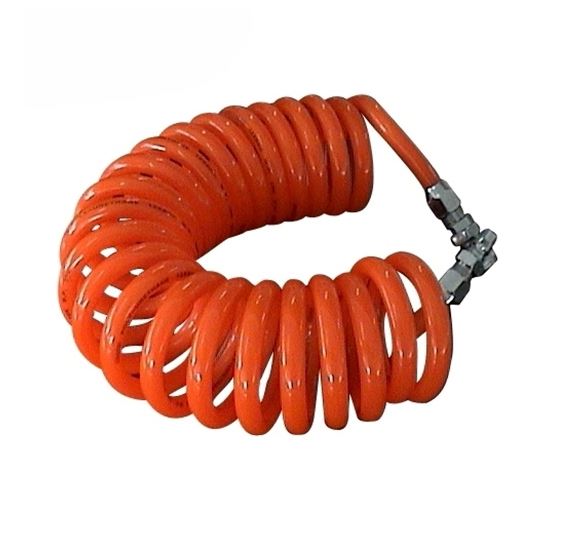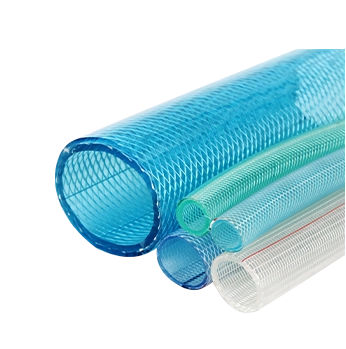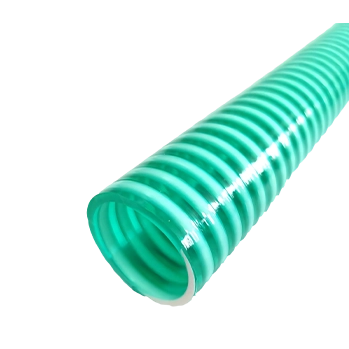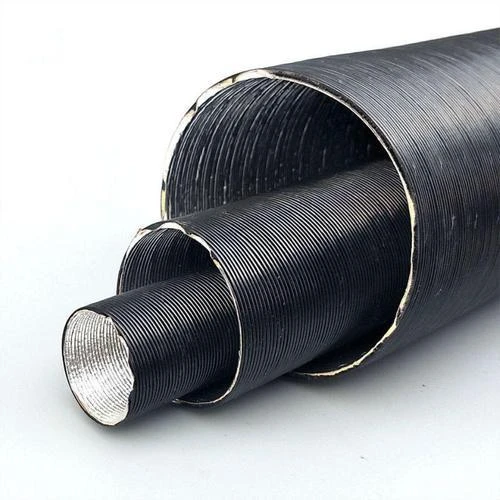Premium Polyurethane Tubing: Durable, Flexible Solutions
As a trusted and versatile material in fluid transfer and pneumatic technology, polyurethane tubing and its variants—polyurethane tubings, flexible polyurethane tubing—have become industry standards across multiple sectors. This in-depth guide explores current trends, core specifications, manufacturing processes, supplier analysis, and real-world applications, empowering engineers and procurement specialists to make informed decisions. All data is validated by third-party standards (such as ISO 8573-1, DIN 74324, FDA), independent test reports, and direct industry feedback.
I. Market Overview & Industry Trends: Polyurethane Tubing in Modern Applications
According to MarketsandMarkets, the global demand for polyurethane tubing is expected to grow at a CAGR of 6.0% from 2023 to 2028, driven by increasing automation, fluid control, and environmental compliance in sectors like automotive, medical devices, and smart manufacturing.
Key industry trends:
- Rising demand for flexible polyurethane tubing in robotics and automated lines for its high flex endurance (>1 million cycles).
- Stricter quality control with ISO/EN/DIN standards (e.g., ISO 8573-1 for pneumatic lines, DIN 74324 for automotive lines).
- Push for lightweight, abrasion-resistant alternatives to traditional rubber and PVC lines.
- Customization of colors, hardness (Shore A 85-98), and coil configurations to suit application needs.

Polyurethane tubing comes in a wide range of sizes, wall thicknesses, and resin types (ether-based, ester-based). Leading polyurethane tubing suppliers provide detailed technical data to help match performance with application requirements.
| Parameter | Typical Value (PU Tubing) | Competitor: PVC | Competitor: Nylon (PA) |
|---|---|---|---|
| Material Type | Polyurethane (Ether/Ester) | PVC (Polyvinyl Chloride) | Polyamide (Nylon 6/12) |
| Hardness | Shore A 85-98 | Shore A 70-90 | Shore D 65-75 |
| Operating Temperature | -40°C to 80°C (Short-term: 100°C) |
-10°C to 60°C | -40°C to 120°C |
| Working Pressure (at 23°C) | 1.0 ~ 14.5 bar (14.5 ~ 210 psi) |
0.7 ~ 10 bar | 1.5 ~ 21 bar |
| Burst Pressure | > 3 × working pressure | > 1.5 × working pressure | > 4 × working pressure |
| Bend Radius | 10 ~ 50 mm (excellent flexibility) | 20 ~ 70 mm | 15 ~ 60 mm |
| Transparency | High (Clear/Colored) | Medium-High (opaque) | Low (opaque) |
| Resistance to Hydrolysis/Oil | Excellent (Ether type) | Poor-Moderate | Good |
| Typical Lifespan* | 5-10 years (per ISO 9080 test) |
2-4 years | 8-12 years |
| Certification | ISO 8573-1, FDA (option) | RoHS | DVGW, ISO 7628 |
| Color Options | 10+ (customizable) | 6-8 | 2-6 |
III. Advanced Manufacturing Process: From Raw Material to PA/PU Coil Hose
The excellence of polyurethane tubing hinges on specialized material selection, precision extrusion, and rigorous quality control. Below is a graphic flowchart detailing the manufacturing steps, specifically for PA/PU Coil Hose:

| Stage | Key Machine/Tooling | Quality Check |
|---|---|---|
| Raw Resin Certifying | FTIR, MFI Analyzer | Chemical purity, viscosity |
| Extrusion | CNC Extruder, Inline Caliper | OD/ID tolerance, visual clarity |
| Coiling | Automatic coiling station | Coil OD, memory retention |
| Pressure Testing | Hydrostatic machine | Burst/leak integrity, DIN 74324 |
| Packing | Laser printer, Sealing | Traceability, cleanliness |
IV. Product Performance Charts
Market Share (2023):
Polyurethane Tubing vs. Others
Flexural Fatigue Cycle Life
('Bend-Back' test, ASTM D790)
V. Supplier Comparison: Choosing the Right Polyurethane Tubing Supplier
| Supplier Name | Certifications | Main Advantages | MOQ (Meters) | Customization |
|---|---|---|---|---|
| KEBING Hose | ISO 9001, RoHS, FDA (opt.) | Full spec, OEM coils, next-day prototyping, global export | 100 | Yes (color, OD/ID, packaging, printing) |
| Legris/Parker | ISO, NSF, FDA | Recognized brand, global stocking | 500 | Partial |
| SMC (Japan) | ISO, RoHS | Hi-purity, cleanroom available | 200 | Partial (length/OD only) |
| Hidraulica S.A. | ISO, EN | Competitive pricing, EU reach | 300 | Partial |
VI. Customization and OEM Solutions
Modern applications demand flexible polyurethane tubing in a variety of forms—straight, spiral, and custom-hybrid coiled solutions. PA/PU Coil Hose is engineered for top-tier flexibility and space-saving. Typical OEM options include:
- Color matching to Pantone/RAL codes for machine integration
- Bespoke coil pitches, memory retention optimization
- Online inkjet/lasing logo or traceability codes
- Sanitary grades (FDA/BGA resins, 100% migration-free)
- Custom flame retardancy (UL94 V0/V2, DIN 5510)

VII. Application Examples: Polyurethane Tubing in Action
| Industry | Key Application | Technical Advantage | Customer Case |
|---|---|---|---|
| Pneumatics | Automated robotic arms-coil hose | High flex; zero leakage after 1.3M cycles (ISO 8659) | OEM: Bosch China (2023) - Reduced downtime by 21% |
| Automotive | Air brake lines, fuel system transfer | DIN/SAE certified, vibration resistant | Tier 1: Valeo - Passed 400,000 vibration cycles, per DIN 74324 |
| Food Processing | Drink and dairy fluid transfer | FDA/BGA resins, smooth bore, zero taste transfer | Danone Asia (2022) - Declared “trouble-free after 2 years” |
| Medical Devices | CPAP machines, bio-fluid handling | ISO 10993 compliant, transparent, autoclavable | OEM: Philips - Achieved 16% cost saving vs. silicone |
| Metallurgy & Mining | Dust suppression, lubrication lines | Excellent abrasion/chemical resistance | China Minmetals - Extended hose life from 1 to 4 seasons |
“Switching to polyurethane tubing from PVC reduced our tubing replacement cost by nearly half, with significantly fewer process interruptions. We especially appreciate the reliability of coil memory in KEBING’s PA/PU hoses.”
— Maintenance Manager, Bosch Production Facility, March 2023
VIII. Frequently Asked Questions: Polyurethane Tubing (Industry Technical FAQ)
IX. Delivery, Quality Assurance, and Customer Support
- Typical Delivery Time: Stock tubing (PA/PU coil hose) ships within 3–7 days; OEM lots: 10–15 days.
- Quality Guarantee: All polyurethane tubing is batch-traceable, covered by ISO 9001, and eligible for free replacement/credit in case of process or material failure.
- Customer Support: Dedicated application engineers, CAD library downloads, and rapid technical response (within 24h).
- Live online chat and 24h after-sales for urgent spare part shipment. Contact supplier
- All product markings comply with RoHS/REACH and are safe for global export.
X. Conclusion & Further Reading
Polyurethane tubing solutions are now at the core of precision fluid and air transfer, enabling safer automation, cost savings, and regulatory compliance across the globe. The PA/PU Coil Hose from KEBING Hose delivers benchmark flexibility, chemical endurance, and custom-fit services, supported by decades of OE industry experience, global certifications, and leading customer feedback.
-
Strong suction and flexibility: The versatile application of PVC suction hosesNewsAug.05,2025
-
Steel wire reinforcement, tough protection: The road to upgrading the strength of Wire Reinforced PVC HoseNewsAug.05,2025
-
Resilience and Flexibility Coexist: A New Industrial Perspective for Pvc Air HosesNewsAug.05,2025
-
Pulse of Efficient Transmission: The Excellent Performance and Multiple Applications of PU Pneumatic HoseNewsAug.05,2025
-
Enduring Pressure: The Industrial Mission of High Pressure Lay Flat HoseNewsAug.05,2025
-
Durable Water Conveyance: The Practical Value and Technical Charm of PVC WATER HOSESNewsAug.05,2025













